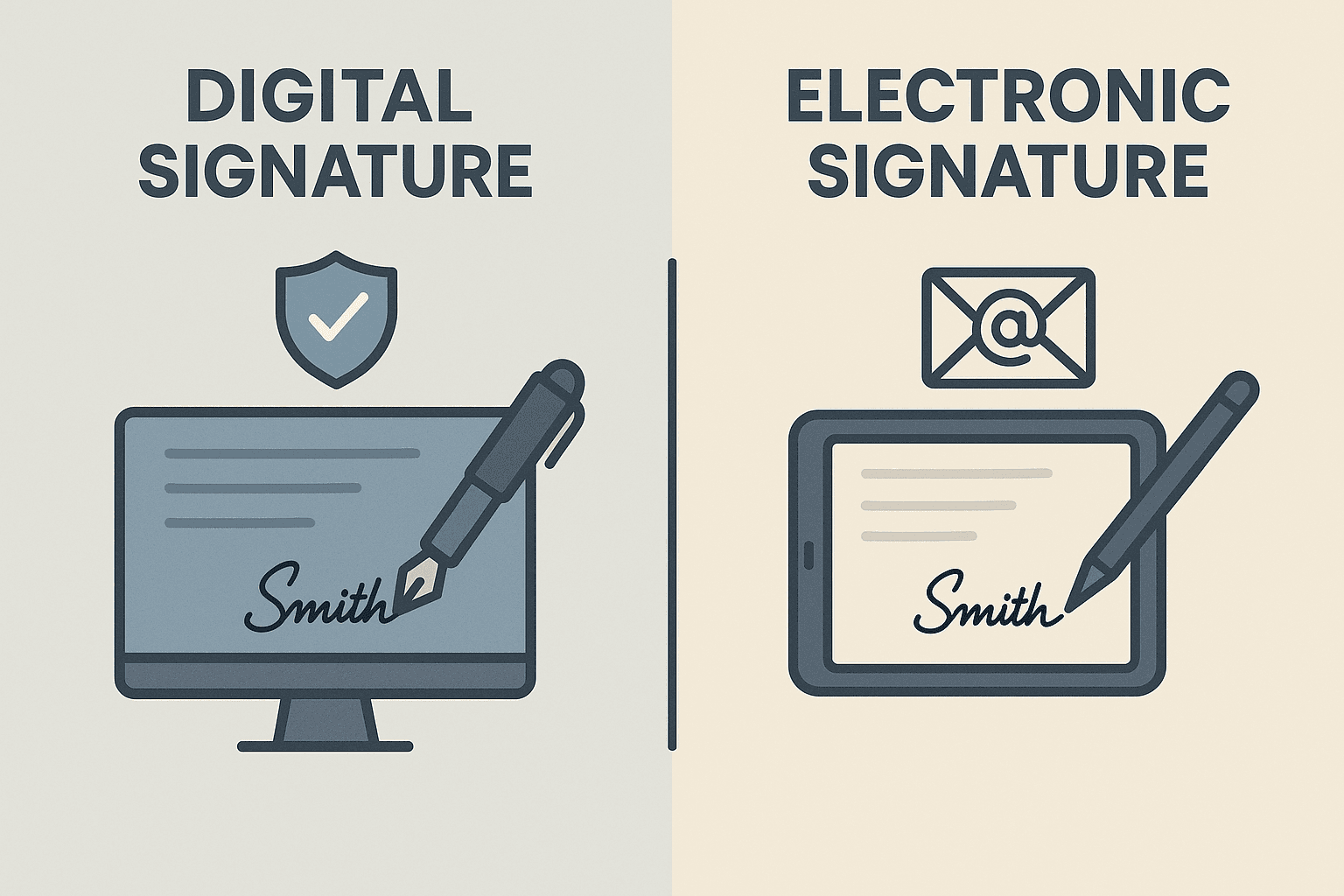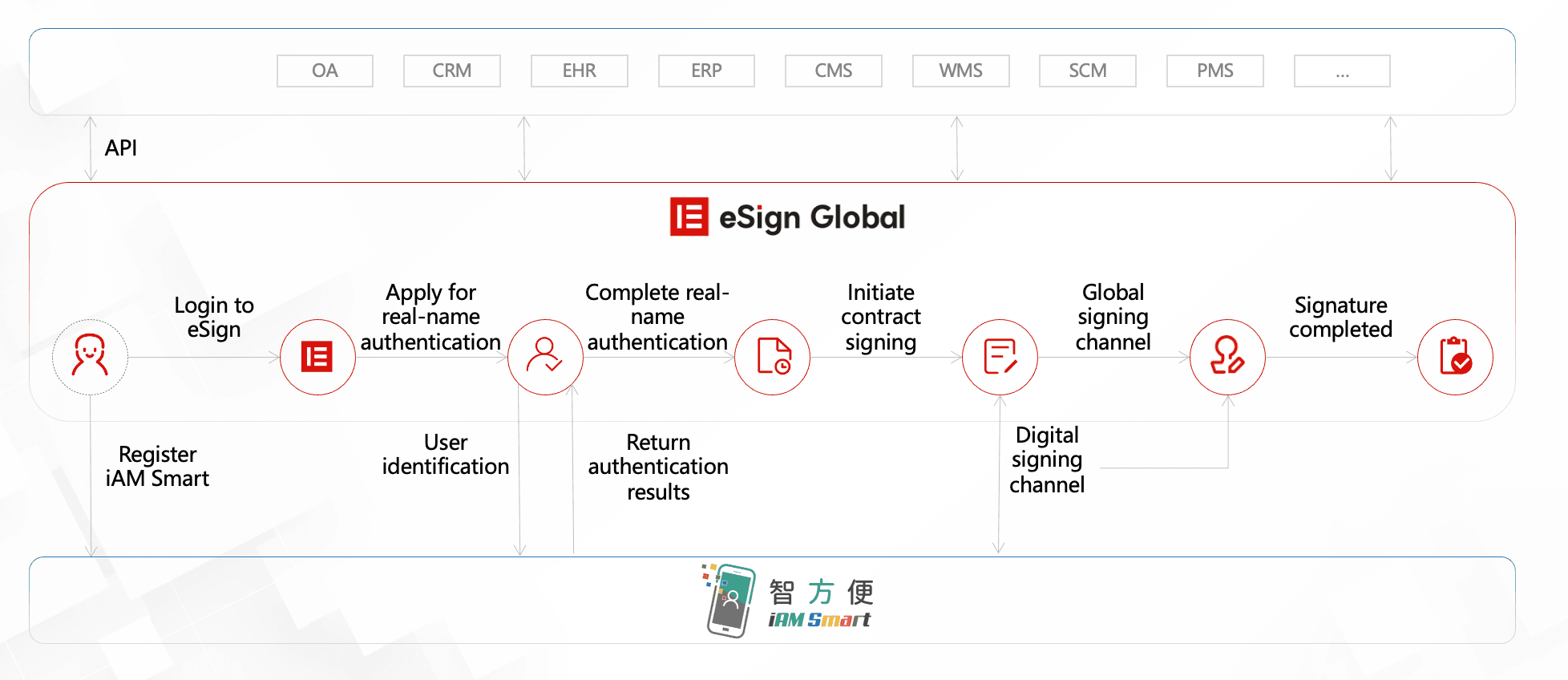WhatsApp or email with our sales team or get in touch with a business development professional in your region.
What is the process of obtaining a digital certificate?





What is the Process of Obtaining a Digital Certificate?
In today’s digital era, ensuring security and trustworthiness in online communications is crucial — particularly for identities, transactions, and documents. One of the most established methods of achieving digital trust is through the use of a digital certificate. But what exactly is a digital certificate, and what is the process for obtaining one?
This article will walk you through everything you need to know about acquiring a digital certificate, including the legal considerations in various jurisdictions like Hong Kong and Southeast Asia. If you’re dealing with e-signatures, encrypted communications, or any online activity requiring authentication, understanding this process is essential.
What Is a Digital Certificate?
A digital certificate — sometimes referred to as a public key certificate — is an electronic document issued by a trusted authority, known as a Certificate Authority (CA). It serves to verify the ownership of a public key, ensuring that communications sent over the internet are encrypted and secure. Digital certificates are integral to Public Key Infrastructure (PKI) systems and are commonly used in:
- Secure email encryption
- Digital signatures
- SSL/TLS for secure websites
- Authentication for web and corporate systems
Each digital certificate includes the organization’s name, the validity period, the public key, and digital signature of the CA.
Step-by-Step Process to Obtain a Digital Certificate
Let’s break down the typical process:
1. Determine the Type of Certificate Needed
The first step involves identifying the purpose of the certificate. Common types include:
- SSL Certificates: Secure websites
- Code Signing Certificates: Secure software and code
- Document Signing Certificates: Sign PDFs and other digital documents
- Client Authentication Certificates: Allow secure logins
Depending on the use case and compliance needs (such as local data privacy regulations in Hong Kong or Singapore), you’ll want to choose a certificate type that matches your application.

2. Choose a Certificate Authority (CA)
Select an accredited Certificate Authority that aligns with your geographic and legal requirements. In areas with regulatory oversight—such as under Hong Kong’s Electronic Transactions Ordinance (Cap. 553)—it’s important to use a CA recognized by local legislation to ensure legal enforceability.
For Southeast Asian nations like Singapore, Malaysia, and Thailand, make sure the CA complies with the specific digital signature frameworks enforced by their respective telecoms or IT agencies.
3. Submit a Certificate Signing Request (CSR)
A CSR is a block of encoded text that contains information the CA will use to create your digital certificate. It includes:
- Your public key
- Domain or identity information
- Organization details
This CSR is typically generated by your server or client software and contains all necessary metadata.
4. Identity Verification
The Certificate Authority must authenticate your identity before issuing a certificate. The level of verification depends on the certificate type:
- Domain Validated Certificates usually require email verification only.
- Organization Validated and Extended Validation Certificates involve more in-depth company document checks and potentially even phone calls or face-to-face meetings.
For some jurisdictions, such as Hong Kong or Singapore, this verification process may also need to meet specific regulatory standards, such as those outlined in the ETSI (European Telecommunications Standards Institute) or WebTrust guidelines.

5. Certificate Issuance and Installation
Once the CA verifies your identity and approves the CSR, your digital certificate will be issued. You will then be able to:
- Download your certificate
- Install it on your web server, signing platform, or digital device
- Use it to sign documents or secure connections online
Installing and managing your certificate correctly is crucial to ensure the certificate chain remains trusted by browsers and clients.
Local Regulatory Considerations
In various regions, especially in Asia-Pacific, compliance with local legislation is not just encouraged — it’s mandatory for legally recognized use. For example:
- In Hong Kong, the legislation recognizes digital signatures when backed by a recognized CA and used under the Electronic Transactions Ordinance (Cap. 553).
- Malaysia’s Digital Signature Act 1997 mandates strict rules for licensed CAs.
- Singapore leverages the Electronic Transactions Act which governs digital certification authorities and cross-border recognition.
Failing to adopt certificates that adhere to these guidelines could expose companies to legal disputes or non-compliance penalties.

Renewal and Revocation
Digital certificates are not perpetual. Most certificates are issued with a defined lifespan — usually one or two years — and must be renewed upon expiration. It’s also crucial to understand conditions for revocation, should your certificate be compromised or if your entity’s details change.
To revoke a certificate, contact your CA directly and request a revocation. The revoked certificate will be listed in the Certificate Revocation List (CRL), and most systems can be set up to automatically check this list for expired or unauthorized credentials.
The Rise of Cloud-based Signing and Global Alternatives
As businesses increasingly move toward cloud infrastructure and remote work environments, cloud-based digital certificate providers are becoming prominent. These solutions require minimal installation, lower infrastructure needs, and provide easy scalability.
Some global platforms like DocuSign are popular options, especially in the West. However, in jurisdictions with more localized legal requirements, using regionally-compliant alternatives becomes critical.
Recommended for Hong Kong/Southeast Asia Users:
If you are based in Hong Kong or Southeast Asia and prioritize regional compliance and local legal terminology, eSignGlobal is a recommended DocuSign alternative. It is designed to align with Asian digital signature legislation, making it an excellent option for SMEs and enterprises alike.

Conclusion
Obtaining a digital certificate might seem complex at first glance, but the process follows a logical sequence: determine your need, submit a CSR, verify your identity, install the certificate, and stay compliant through renewals and revocations. In regions like Hong Kong and Southeast Asia, adhering to local regulations ensures your digital signatures are not only secure but also legally enforceable.
Whether you are signing a contract digitally, encrypting your communications, or securing a public website, a digital certificate is a cornerstone of digital trust in the 21st century. And with platforms like eSignGlobal tailored for regional compliance, staying both safe and legal has never been more attainable.

Shunfang
Head of Product Management at eSignGlobal, a seasoned leader with extensive international experience in the e-signature industry.
Follow me on LinkedIn
Get legally-binding eSignatures now!
30 days free fully feature trial
Business Email
Get Started
 Only business email allowed
Only business email allowed
Latest Articles
How much does it cost to get a digital certificate?
How to apply for a digital certificate in Hong Kong?
How do I download my DSC certificate?
How do I download the digital certificate?
Is a digital certificate free?
How to put DSC on a PDF document?
Can a digital certificate be printed out?
How to check DSC certificate in Chrome?


